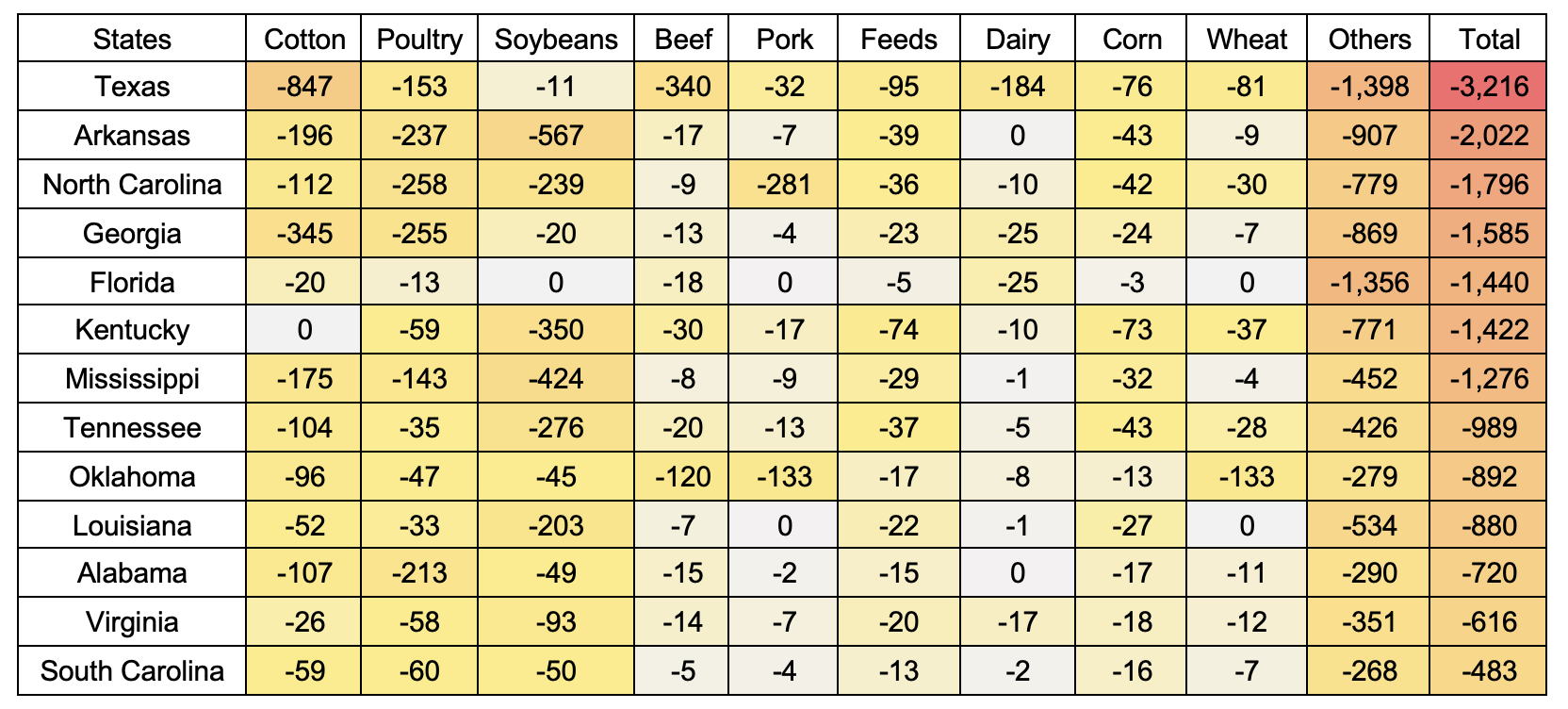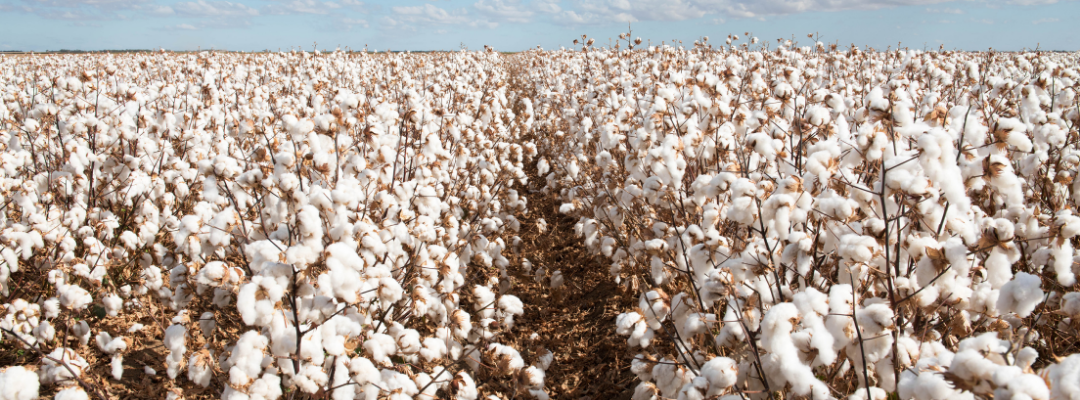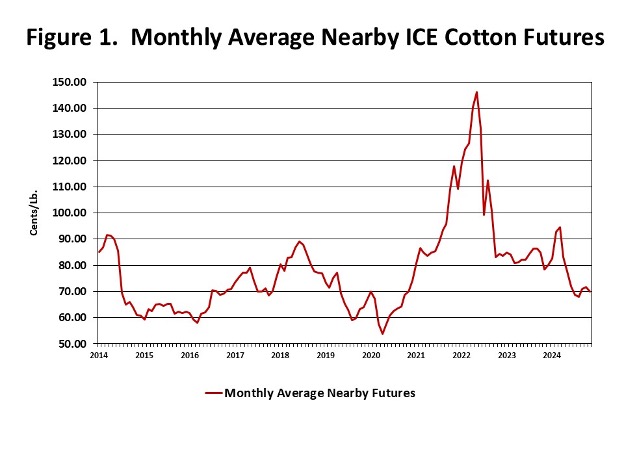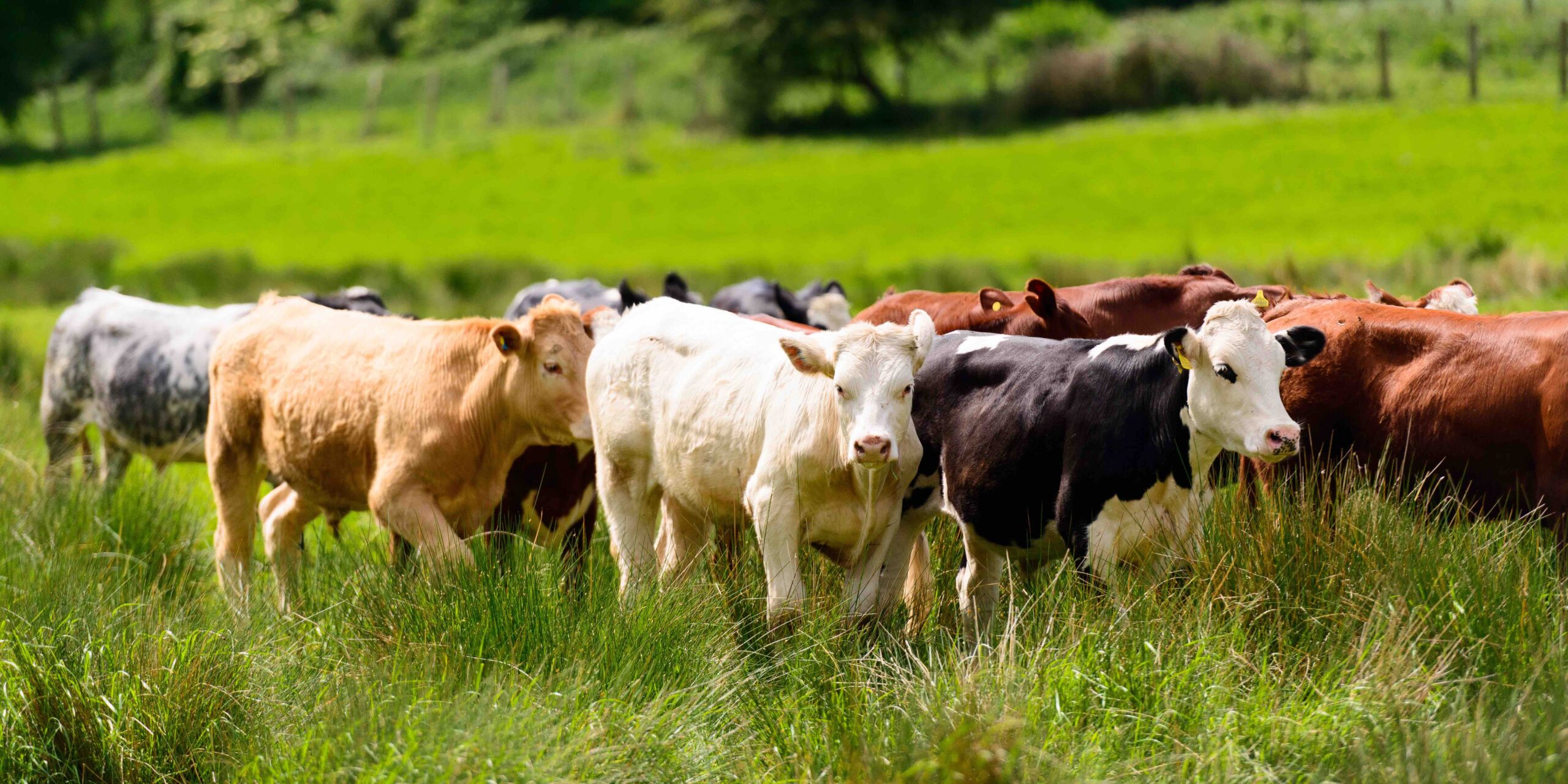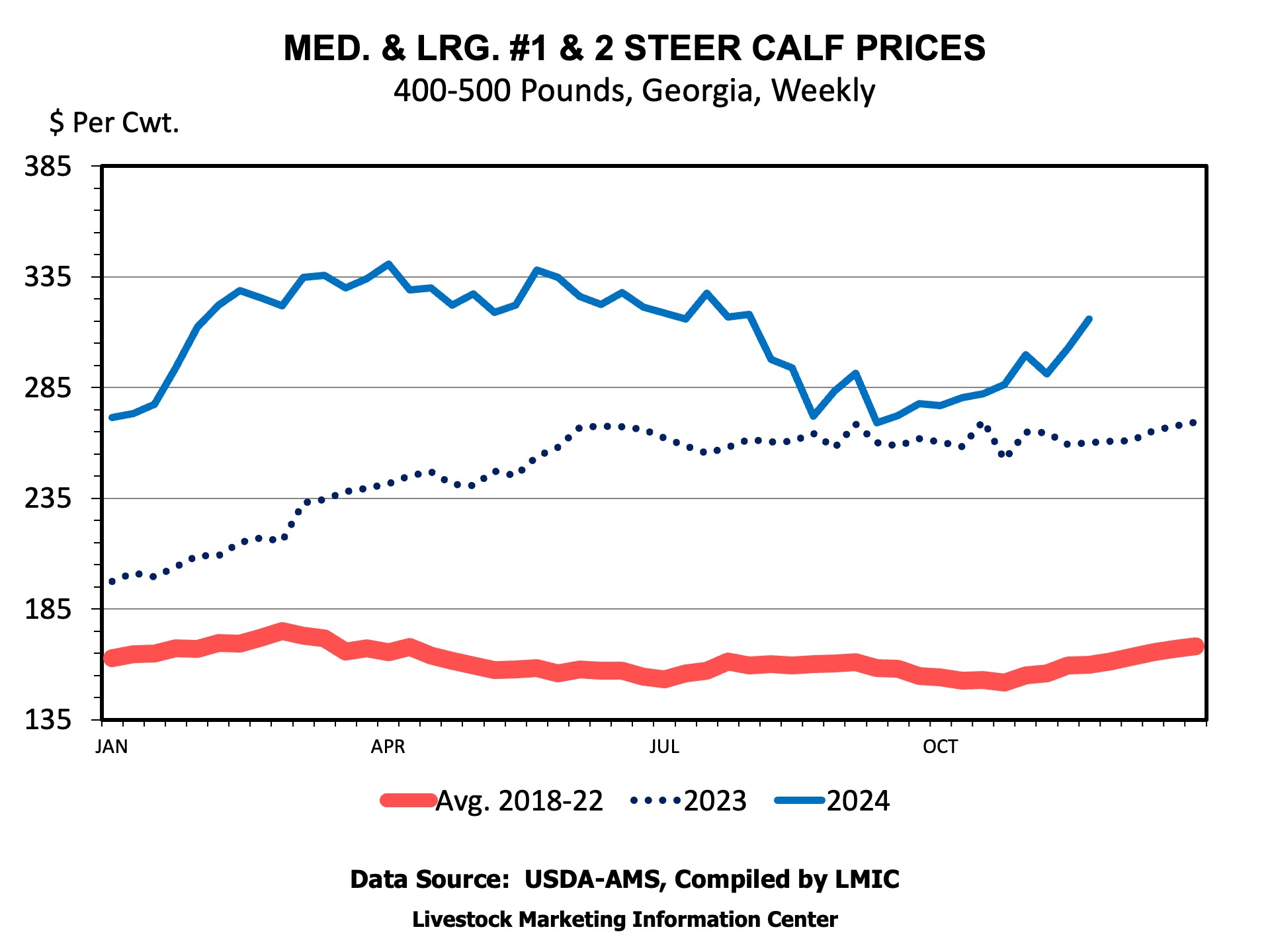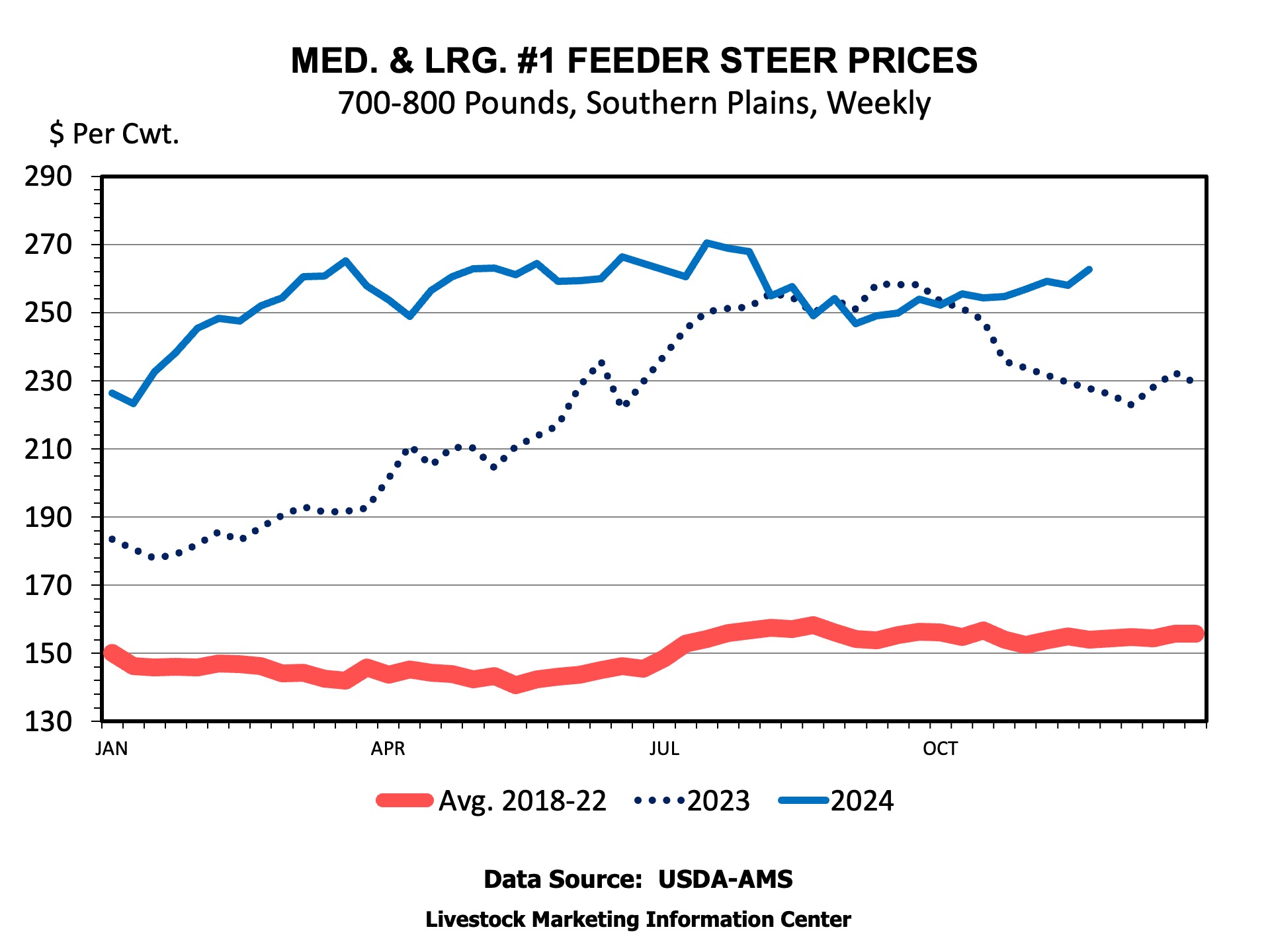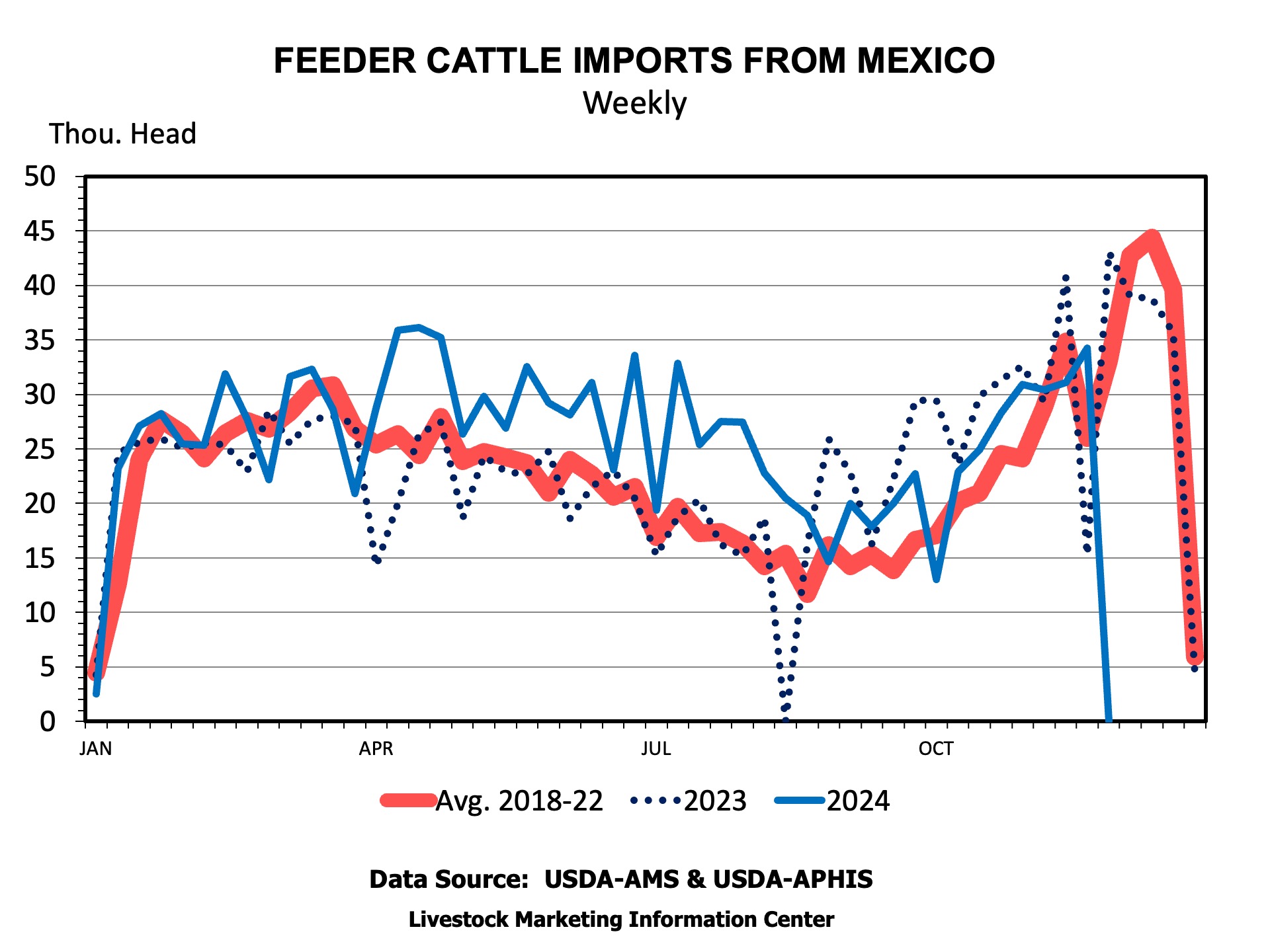This article is a companion to the article titled: Hiring H-2A Workers through
Farm Labor Contracts published in Southern Ag Today on July 24, 2024.
The role of Farm Labor Contractors (FLCs) in hiring foreign workers under the H-2A Temporary Guest Foreign Farm Worker Visa Program has grown considerably in recent years. FLCs’ share in the annual total employment of H-2A workers has grown from 17% in 2007 to 44 % in 2022 (Castillo, Martin, and Rutledge, 2022). FLCs’ increasing involvement in H-2A hiring coincides with the program’s rapid growth in patronage in recent years. Between 2017 and 2022, H-2A labor certifications grew by 64.7% (American Immigration Council, 2024).
There are logical grounds for the relevance of the FLC alternative under the H-2A program. Compared to potential individual farmer employers of H-2A workers, FLCs have extensive social and business networks in foreign labor markets. FLCs’ greater familiarity and good connections with foreign workers enable them to lure and recruit residents, especially those in rural communities overseas, to consider H-2A employment in the U.S. that offers potential significant economic relief to their families.
A cursory review of wage violation data compiled by the Department of Labor’s Wage and Hour Division (WHD),[1] however, indicates the consistent recurrence of FLC-hired H-2A workers in the wage violation cases apprehended by the agency. According to the wage violation data summary in Table 1, H-2A-related wage violations account for 33.86% (2016) to 73.44% (2022) in terms of number of affected workers in the agricultural sector during the period 2016 to 2023. In terms of nominal back wages, the program’s share ranges from 29.96% (2016) to 69.70% (2021). Within the H-2A program, FLC employment’s share in the number of workers with back wages ranges from 27.30% (2022) to 35.03% (2020), while its back wages account for about 14.63% (2022) to 36.42% (2018) of all H-2A back wages.

Figure 1 presents a comparison of the extent of FLC and non-FLC wage violation cases. The trend lines indicate that more workers are usually affected in FLC cases (annual counts of 34 to 56 per case) than in non-FLC cases (11 to 36 workers per case). Based on the bar plots, FLC cases involve larger nominal wage violations than non-FLC cases in most years analyzed.
Figure 1. H-2A Wage Violations Associated with Farm Labor Contracting, 2016-2023
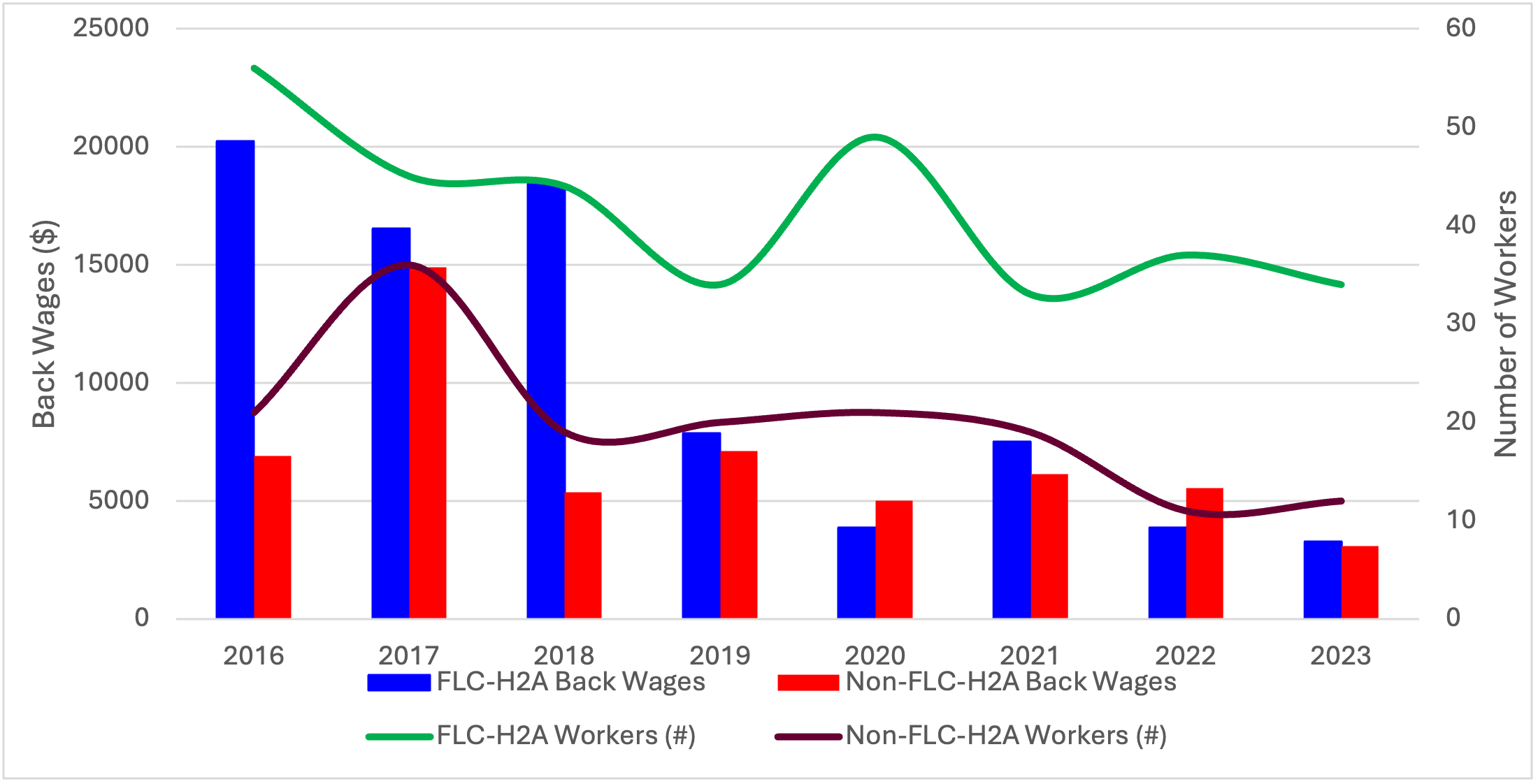
Anecdotal evidence collected from various workers’ accounts and popular media coverage expose at least two types of H-2A wage violations associated with the FLC hiring scheme: petition padding (requesting more workers than needed) and collection of illegal recruitment fees (usually at exorbitant rates) (Grinspan, 2023; Vasquez, 2023; CDM, 2020). Consequently, some foreign workers begin their work contracts already heavy in debt (because of illegal recruitment fees); some end up receiving less than the “promised” wages; while others find themselves either underemployed or unemployed (when FLCs could not place them in their original work destinations because labor petition padding practices).
Policymakers must revisit and consider modifying existing regulations on FLCs’ involvement in the H-2A program. In addition to imposing stiffer sanctions and penalties on violations, policies must also launch more effective employer compliance audits. To accomplish this, the government would have to seriously consider expanding its current funding and resource allocation to WHD. Currently, WHD’s case investigations capture only about 1% of all agricultural employers in the country, as its 2022 budget has not grown since 2006, while its 810 employees are overburdened in handling more than 200,000 cases each (Costa and Martin, 2023).
[1] WHD is a government agency that oversees the protection of workers’ rights.
References:
American Immigration Council (2024). “The Expanding Role of H-2A Workers in U.S. Agriculture.” Available online at https://www.americanimmigrationcouncil.org/research/h-2a-workers-us-agriculture#:~:text=Between %202017%20and%202022%2C%20the,to%20fill %20its%20open%20jobs. Accessed on November 11, 2024.
Castillo, M., P. Martin, and Z. Rutledge. (2022). The H-2A Temporary Agricultural Worker Program in 2020. Economic Information Bulletin #238, Economic Research Service, U.S. Department of Agriculture. Washington, DC.
Centro de los Derechos del Migrante, Inc. (CDM) (2020). Ripe for Reform: Abuses of Agricultural Workers in the H-2A Visa Program. Centro de los Derechos del Migrante, Inc., Baltimore, MD; Oaxaca, Mexico; Mexico City, Mexico.
Costa, D. and P. Martin. (2023). Record-low number of federal wage and hour investigations of farms in 2022. Economic Policy Institute. Washington, DC.
Grinspan, L. (2023). “They all went away: Why some foreign farmworkers end up leaving the fields.” Atlanta Journal Constitution. Available online at https://www.ajc.com/news/georgia-news/they-all-went-away-why-some-foreign-farmworkers-end-up-leaving-the-fields/ZXDQUQHKMNH63ASCASK32BXB3M/. Accessed on October 19, 2023.
Vasquez, T. (2023). “Human Trafficking or a Guest Worker Program? H-2A’s Systemic Issues Result in Catastrophic Violations.” Futuro Unidad Hinojosa. Available online at https://futuroinvestigates.org/investigative-stories/head-down/human-trafficking-or-a-guest-worker-program-h-2as-systemic-issues-result-in-catastrophic-violations/ Accessed on October 19, 2023.
Escalante, Cesar L., Joshua Emmanuel, and Bishal Gaire. “H-2A Wage Violations Against Workers Hired by Farm Labor Contractors.” Southern Ag Today 4(51.1). December 16, 2024. Permalink





